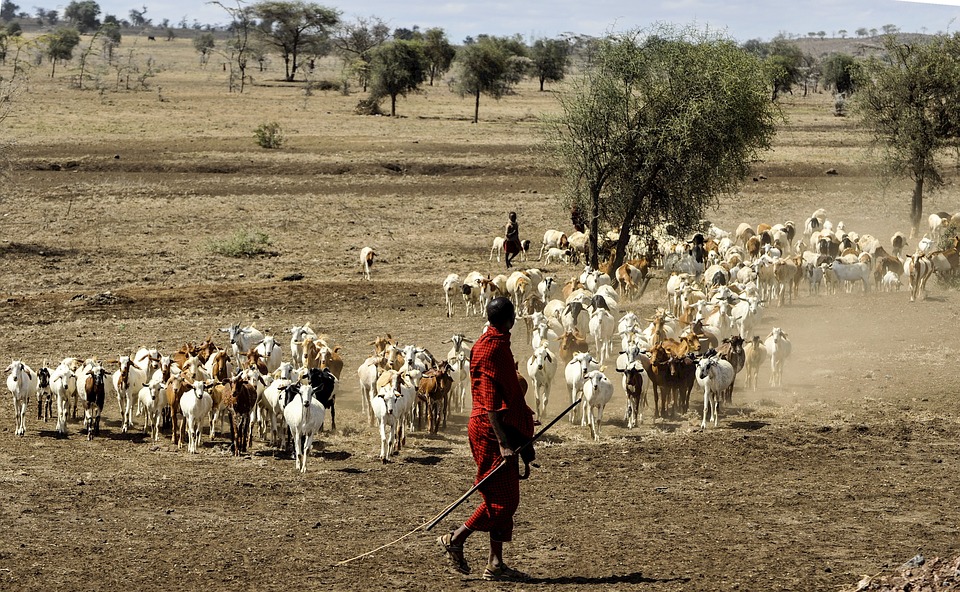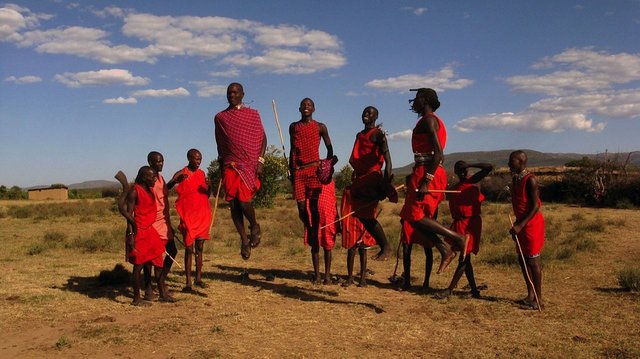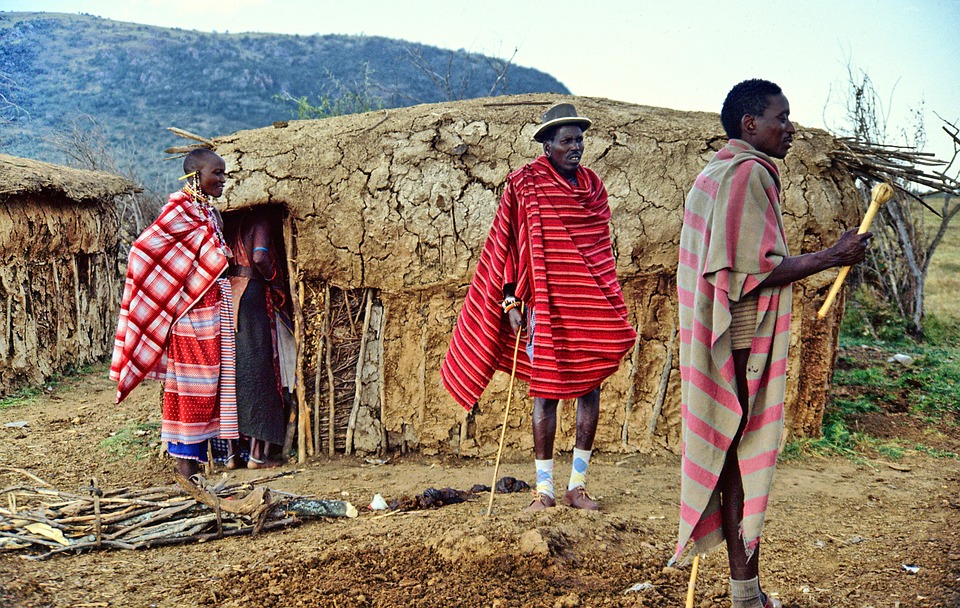Unique tribes of the world Tribalogy-Part#05 Maasai Tribe
The Maasai is an indigenous community of Africa that lives in southern Kenya and Northern Tanzania in the close vicinity of the Great African Lakes like Lake Victoria and Lake Tanganyika. A vast majority of the Maasai people speaks their own language called “Maa”, which is a member of the Nilo-Saharan language's family. Some people in the Maasai population have also been influenced by the modern way of life and they have learned their national languages to get good job opportunities. The Maasai population ranges from 1 million to 1.5 million with almost all of the tribe members concentrated in the countries mentioned above.

Image Source: Pixabay.com
Sub-Tribes
In the Maasai community, the descendants of every son form their own clan and each clan divides into sub-clans with time. This has led to the formation of many sub-clans from the original five clans with each sub-clan having their unique identity within the tribe. The five original clans of the Maasai tribe include Il-Aiser, Il-Makesan, Il-Taarrosero, Il-Molelian, and Il-Kumai.
Origin
The Maasai people mostly transfers their history through oral traditions because they don’t have any written history as such. According to their oral history, the Maasai tribe originated around the Lake Turkana in the Nile valley. The Maasai tribe then started migrating towards South and displacing other tribes from the areas currently part of Tanzania and Kenya. Towards 19th century, the Maasai tribe had become a dominant entity in the land occupied by them due to their physical strength and warrior skills.
In 1904, the British colonial government displaced the Maasai population from their fertile lands to provide land for the British settlers in the region. Under the treaty of 1904 and 19011, the Maasai tribe lost 60 percent of their lands and confined to the districts of Narok and Kajiado.
Religion
The Maasai people are monotheistic in their religious interpretation. They believe that God (Enkai) is one but comes with different manifestations; the God of love (Enkai-Narok)and the God of misery and hate (Enkai-na-Nyokie). The God of love is black in color and is found in rain and thunder whereas the God of misery is red and is found in lightning.
According to experts, the Maasai belief is the outcome of their experiences throughout history. They believe they God of love is black because they are themselves black in color whereas the attribution of red color with the God of hate is the misery and hunger they had to go through during British colonialism of Africa.
The cattle and trees have huge importance in Maasai religion as they believe that it was Enkai that entrusted them with cattle by dropping them down through the branches of trees from the sky.
Code of conduct
- Friendly
The Maasai community is very friendly and open to foreign people and even invite them to different ceremonies which help the Maasai people generate revenue for their living.
- Very hard working
The Maasai are one of the hard-working humans on the planet earth. They mostly are herders and grow their crops themselves. They move from one place to another when they think the conditions are not very favorable.
Music
The Maasai people sing their songs in unison with a song leader, Olaranyani, leading the team. They mostly don’t know use any sort of musical instrument except a Horn of Greater Kudu. The musical instrument is played on special occasions of the Maasai community.
Maasai has a special dance normally called Jumping dance because the dancers jump in the air when the music is played. The women wear bells and rattles too along to give the dance and music even a more fascinating look.

Image Source: Pixabay.com
A video of the Maasai dance.
Clothes
The Maasai tribe is often associated with a dress called Shuka.Though red is the most popular color in the community yet many of the members also wear a black, blue, striped and checkered dress. In the Maasai culture, both males and females wear necklaces and carry iron rods as a weapon for their protection.
Ceremonies
The Maasai tribe celebrates many ceremonies which include:
Enkipaata (Pre-circumcision ceremony where boys of the age 14 to 16 wanders for 4 months and when they
return they are initiated in the houses as the new-age set. The houses are selected by the chief warrior)Eumiratta ( In this ceremony, the circumcision of both males and females is carried out)
Enkiama (Marriage ceremony)
Eunoto (The ceremony which marks the passage into adulthood and the adoption of adult responsibilities)
Olngesherr ( Marks the end of warrior life and start of the eldership)
Eudoto (Ceremony marking the making of earlobes)
Ilkipirat (The making of leg fire marks)
Tribal traits
- Living in simple shelter
The Maasai community lives in the shelter which is made from mud mixed with urine, grass, dung with sticks used as poles to hold the shelter. The houses are very impermanent and can be moved from one place to another when the inhabitants move to different places.

Image Source: Pixabay.com
- Family system
As already discussed, the Maasai community lives in a joint family system with roles properly assigned to every member of the community according to his/her age factor.
Food
The Maasai people being herders are extremely fond of eating meat. The Maasai community also loves to drink milk and animal blood. Their diet also contains fruits, vegetables, cereals, and pulses etc that grow in their area. The Maasai people prepare a traditional dish from mixing milk with blood and served on special occasions.